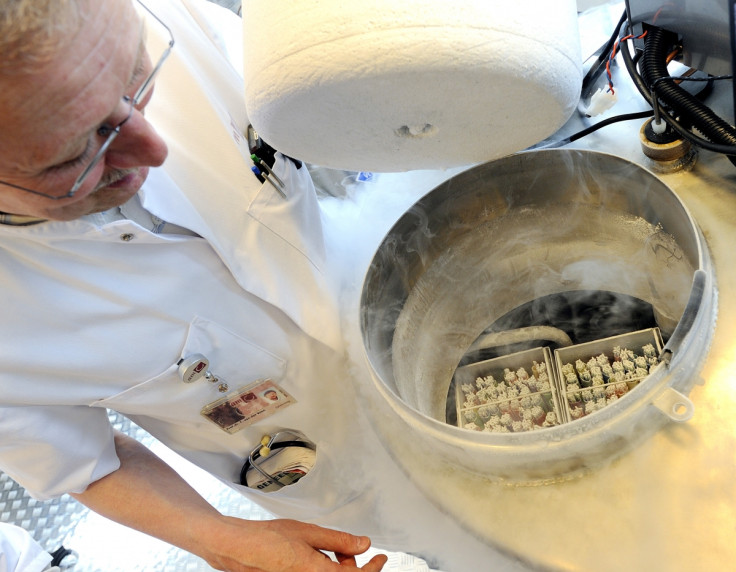New method of cryopreservation opens further possibilities of freezing tissue and organs

A new approach to vitrification – or ice-free cryopreservation – has been discovered by scientists at the College of Engineering at Oregon State University (OSU), which could open up more possibilities when using extreme cold to preserve tissues and potentially even organs.
"This could be an important step toward the preservation of more complex tissues and structures," said Adam Higgins, an associate professor in the OSU School of Chemical, Biological and Environmental Engineering.
Cryopreservation is already used to maintain semen, blood, embryos, plant seeds and other biological applications but crystallisation that occurs when water freezes has limited its potential as it can destroy cells. To counter this, experts experimented with various cryoprotectants such as ethylene glycol. However, these cryoprotectans are often toxic and can damage the cells they are trying to protect.
The team explain in the research paper, published in PLOS One, that they developed a mathematical model to simulate the freezing process and looked at ways to minimalise damage. They concluded that if cells are exposed to a low concentration of cryoprotectant, which allows the cells to swell, they can be vitrified following a rapid high dosage of cryoprotectants resulting in much less toxicity. In this method, cell survival rose from 10% to 80%.
"The biggest single problem and limiting factor in vitrification is cryoprotectant toxicity, and this helps to address that," Higgins said. "The model should also help us identify less toxic cryoprotectants, and ultimately open the door to vitrification of more complex tissues and perhaps complete organs."
© Copyright IBTimes 2024. All rights reserved.






